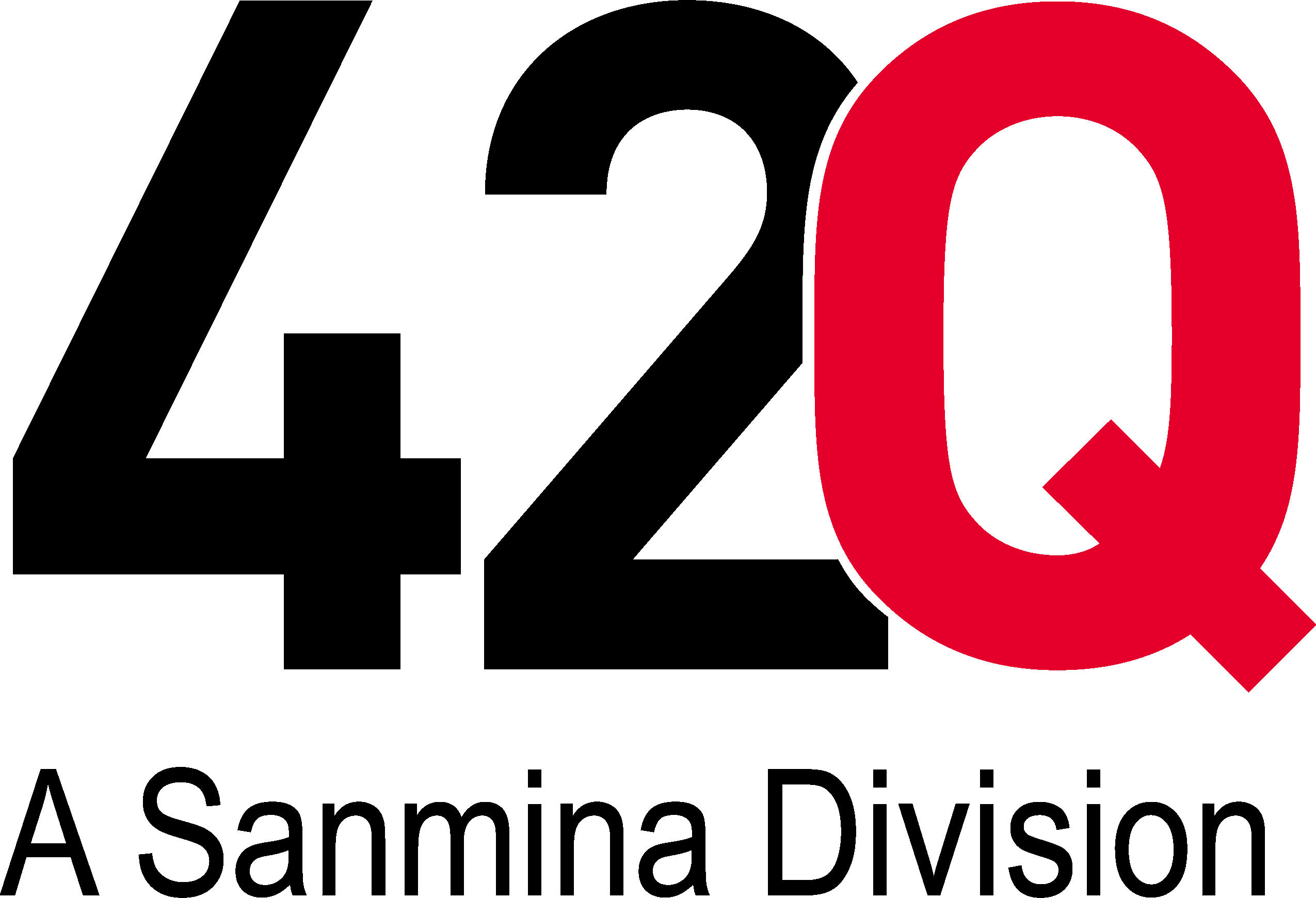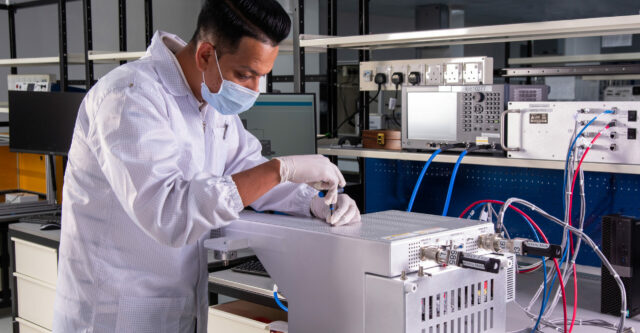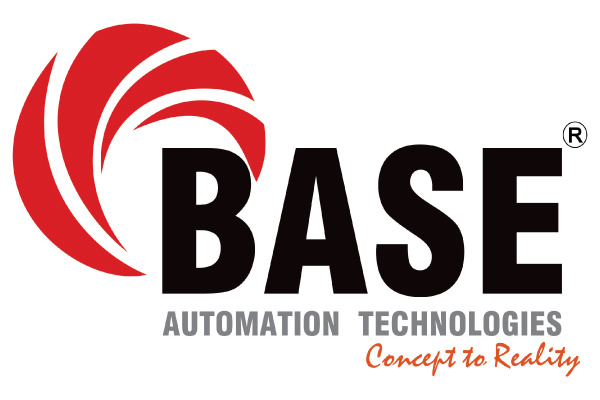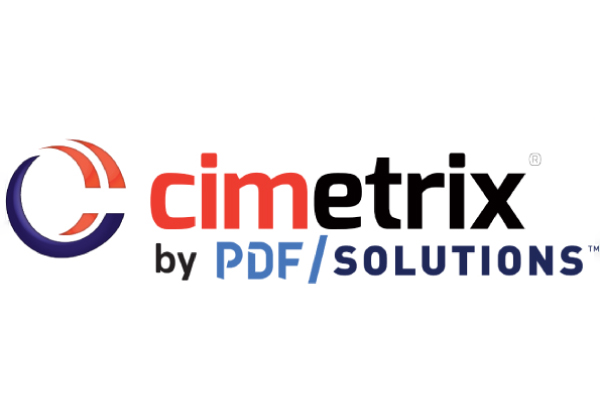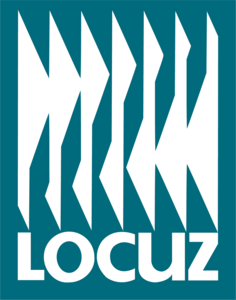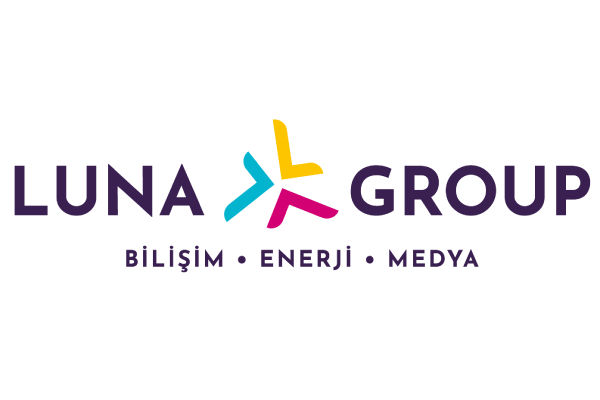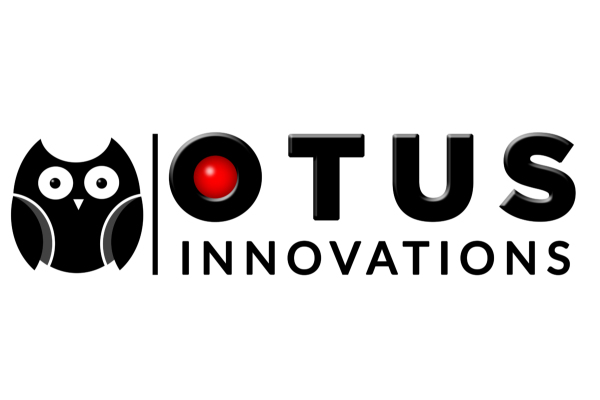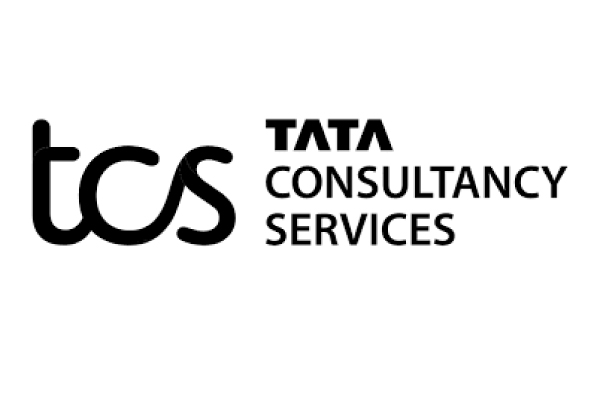Case Study
Cloud MES Supports Sophisticated Automation in a High Speed, Highly-Regulated Manufacturing Environment

The Challenge
A global medical device manufacturer had been producing complex Class II medical devices for years, using 42Q as their MES. Now they faced the challenge of manufacturing high-volume Class III medical devices with complex, fully automated production lines. They feared that implementing advanced, high-volume automation using 42Q MES would require significant factory downtime. The new production lines required a high level of sophisticated automation and a manufacturing execution system that supported and seamlessly integrated with such systems. The operational requirements included:
- Plans for volumes of 10 million devices per year, which required high-speed lines running 24 hours a day, 7 days a week.
- Manufacturing operations for a product that includes small components with dimensional tolerances of just a few microns (10-6 meter) in size. Handling these components manually and placing them in subassemblies with repeated precision required highly specialized robotic equipment.
- The stringent requirements of ISO 13485 and FDA regulations demands the repeatability automation provides with an MES that can handle high-speed transactions.
- This device must be manufactured in a clean-room environment; automation reduces the number of people needed in the room. Thus, leading to less contamination.
- The system must automate backflush via connection to an Oracle-based inventory management system.
Why 42Q
The level of data being generated and collected by the system is immense. There are more than 50 processes involved with producing the device, and each process includes a pass/fail inspection. Vision systems are used to inspect miniature components and confirm that their dimensions are within a tolerance of 10uM, verify critical component placement with an accuracy of +/- 0.4mm, and to check the bonds between electronics and plastic or metal. In-line robots pick up only those components or devices that have passed earlier functional tests, with failed components routed out of line. All of these test results must be recorded and tied to part identifiers; the unique identifiers are also used to record an expiration date based on the earliest expiration date of any component.
All of this tracking builds a backward-and-forward traceability tree of every component and subcomponent used to manufacture each product. All date codes are stored and linked to specific part numbers and serial numbers. Data stored includes date of manufacture, serial number, date codes of components, voltage measurements, and results of specific functional tests (e.g. temperature sensing). The system can load up to 5 different date codes simultaneously, and all of them are recorded in the device history record. To record all of this information in an easily searchable interface made the cloud-based system highly desirable.
42Q successfully delivered the level of traceability required, as well as supported integration with various automation systems. With such a mature MES in place, the company is able to store, retrieve, and process massive data sets from separate sources and turn that data into operational insight.

Solution
The throughput of this line is far beyond industry benchmarks, with complete traceability guaranteed for each process along the way. This state-of-the-art-production line operates with little or no human intervention beyond the loading of component feeders and scheduled maintenance. It is truly a world-class manufacturing facility, demonstrating the real-world implementation of Industry 4.0 principles.
